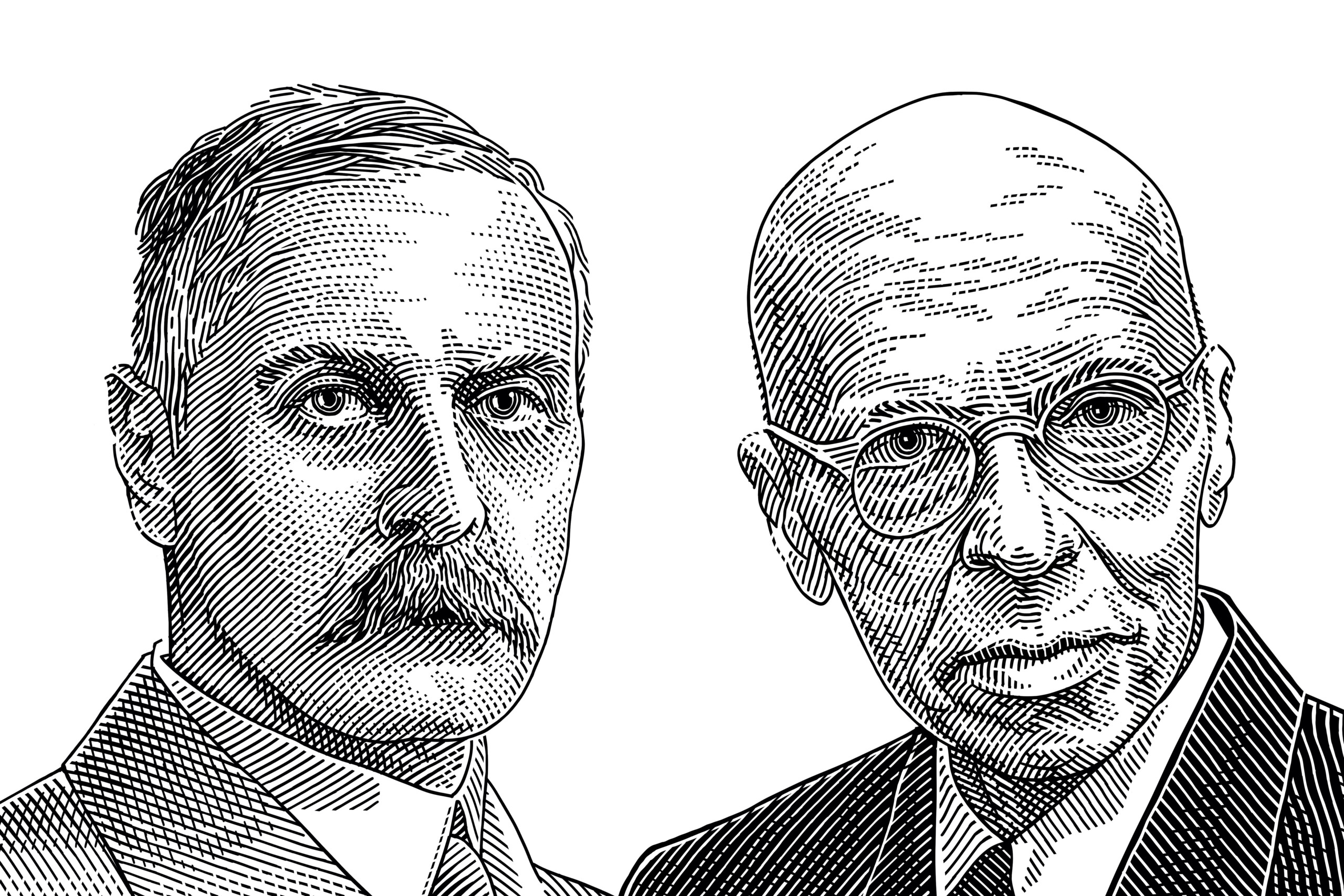Today is the fourth instalment of a new series of articles by HumanProgress.org titled, The Heroes of Progress. This bi-weekly column provides a short introduction to unsung heroes who have made an extraordinary contribution to the wellbeing of humanity. You can find the 3rd part of this series here.
Our fourth Heroes of Progress are Austrian scientist Karl Landsteiner and German surgeon Richard Lewisohn. Landsteiner discovered the existence of different blood groups and Lewisohn developed procedures that allowed blood to be stored outside of the body without clotting. The two breakthroughs made blood transfusions far more practical and are credited with saving over 1 billion lives.
Karl Landsteiner was born in Vienna, Austria in 1868. At the age of 23, Landsteiner finished medical school and, unable to find any research jobs, he made his living by doing autopsies at “deadhouses” (i.e., morgues). In 1898, he became an assistant in the Department of Pathological Anatomy at the University of Vienna. It was there that he would make his world-changing discovery.
Before Landsteiner discovered the four different blood types (A, B, AB, and O) in 1901, the success of attempted blood transfusions was a matter of pure luck. Most patients were given an incompatible blood type and died when their bodies rejected the donor’s blood.
The discovery of different blood groups meant that blood transfusions became a safer procedure. However, one major drawback remained. Blood transfusions still used the so-called “direct method”(i.e., the donor and the recipient had to be side by side for the transfusion to take place). This is where Richard Lewisohn enters the story.
Born in Germany in 1875, Lewisohn studied medicine at the University of Freiburg. After graduating in 1906, he moved to New York to work at Mount Sinai Hospital. Lewisohn’s great challenge was to find a way to store blood outside of the body without the blood clotting. Any clotting (i.e., coagulating) would render blood useless for transfusions.
Lewisohn built on the work of Belgian physician Albert Hustin who, in 1914, proved sodium citrate could be added to blood as an anticoagulant. In 1915, after continuous experimentation, Lewisohn discovered that the optimal concentration of sodium citrate equaled 0.2 percent of the total mass of blood, but not exceeding more than 5g per transfusion. Lewisohn’s optimization allowed for blood to be stored safely for two days prior to transfusion. The following year, others optimized Lewisohn’s method and pushed that timeframe to 14 days.
Later in life, Landsteiner moved to New York to work for the Rockefeller Institute, and in 1930 he received the Nobel Prize in Physiology or Medicine. In 1939, Landsteiner became Professor Emeritus at the Rockefeller Institute, and died pipette in hand on June 24, 1943. Lewisohn meanwhile retired from surgery in 1937 to focus on cancer research. In 1955 he received the American Association of Blood Banks’ Karl Landsteiner Memorial Award. He died in 1961.
Landsteiner and Lewisohn’s work helped make blood transfusions far safer and more practical. Before their breakthrough people would regularly bleed to death from ulcers, accidents, and childbirth. The work of these two men led to the establishment of the worldwide system of blood banks which is credited with saving over 1 billion lives so far and it is for that reason that they rightly deserve to be our fourth Heroes of Progress.
PS: Karl Landsteiner is on the left of our cover picture and Richard Lewisohn is on the right of our cover picture





